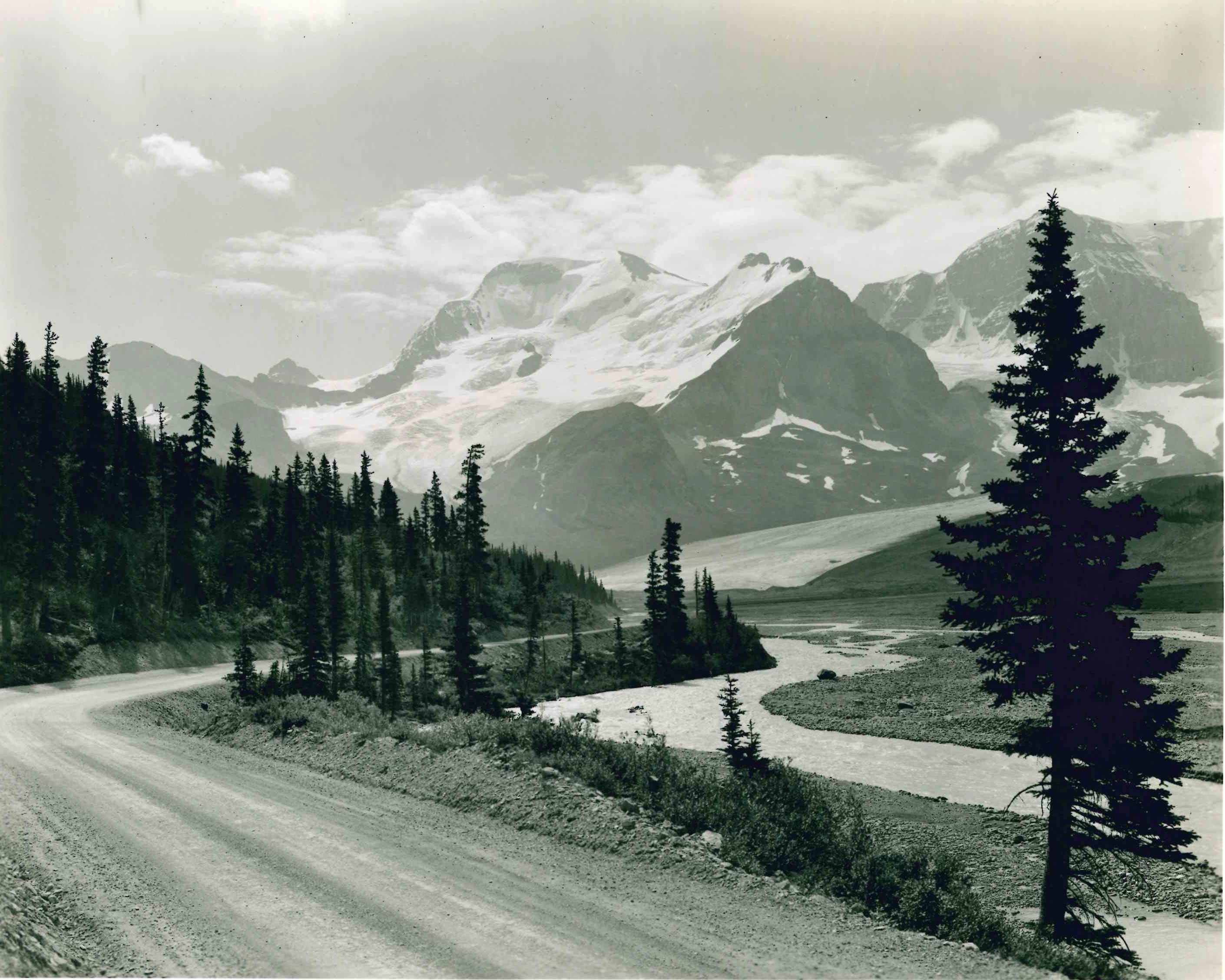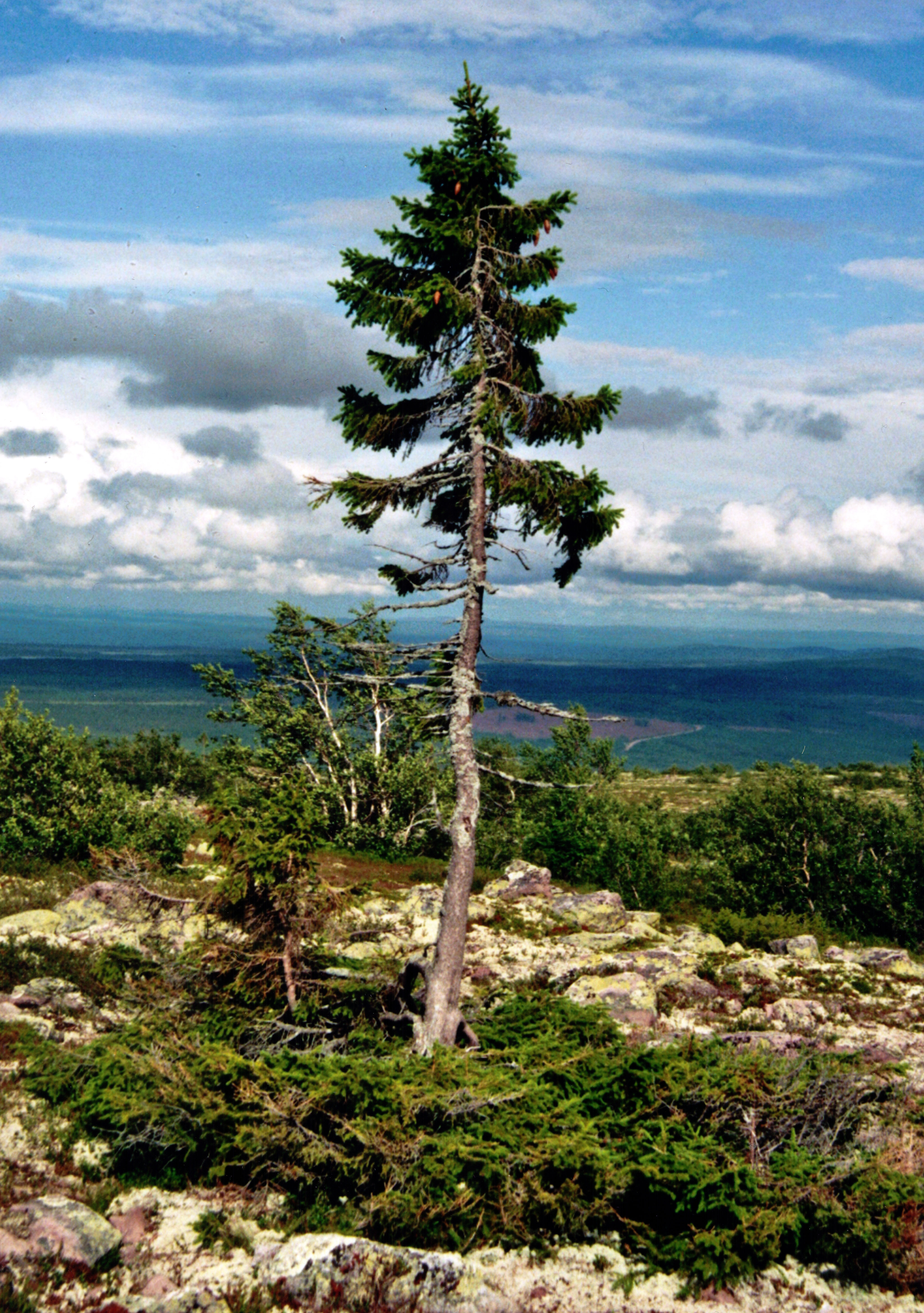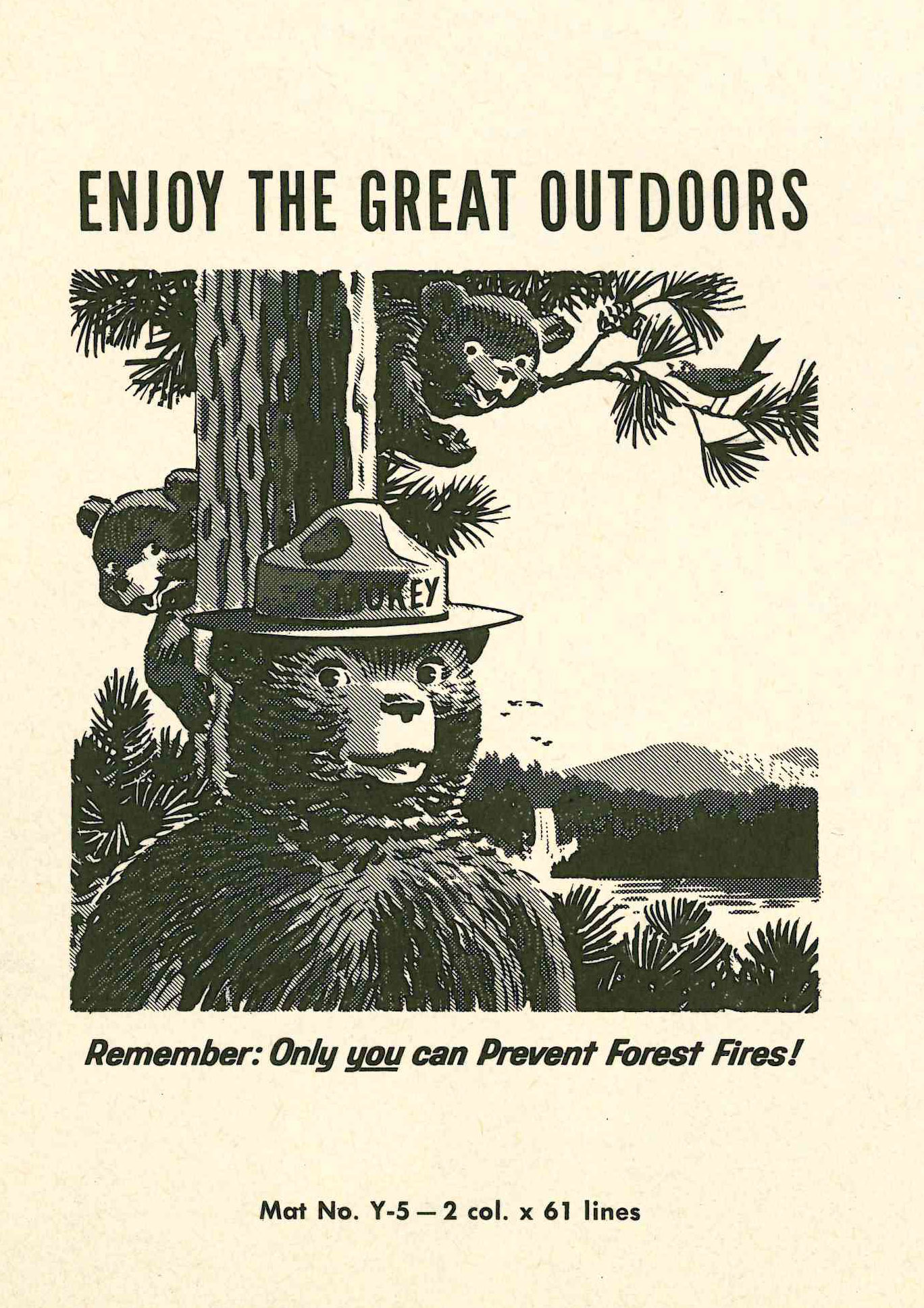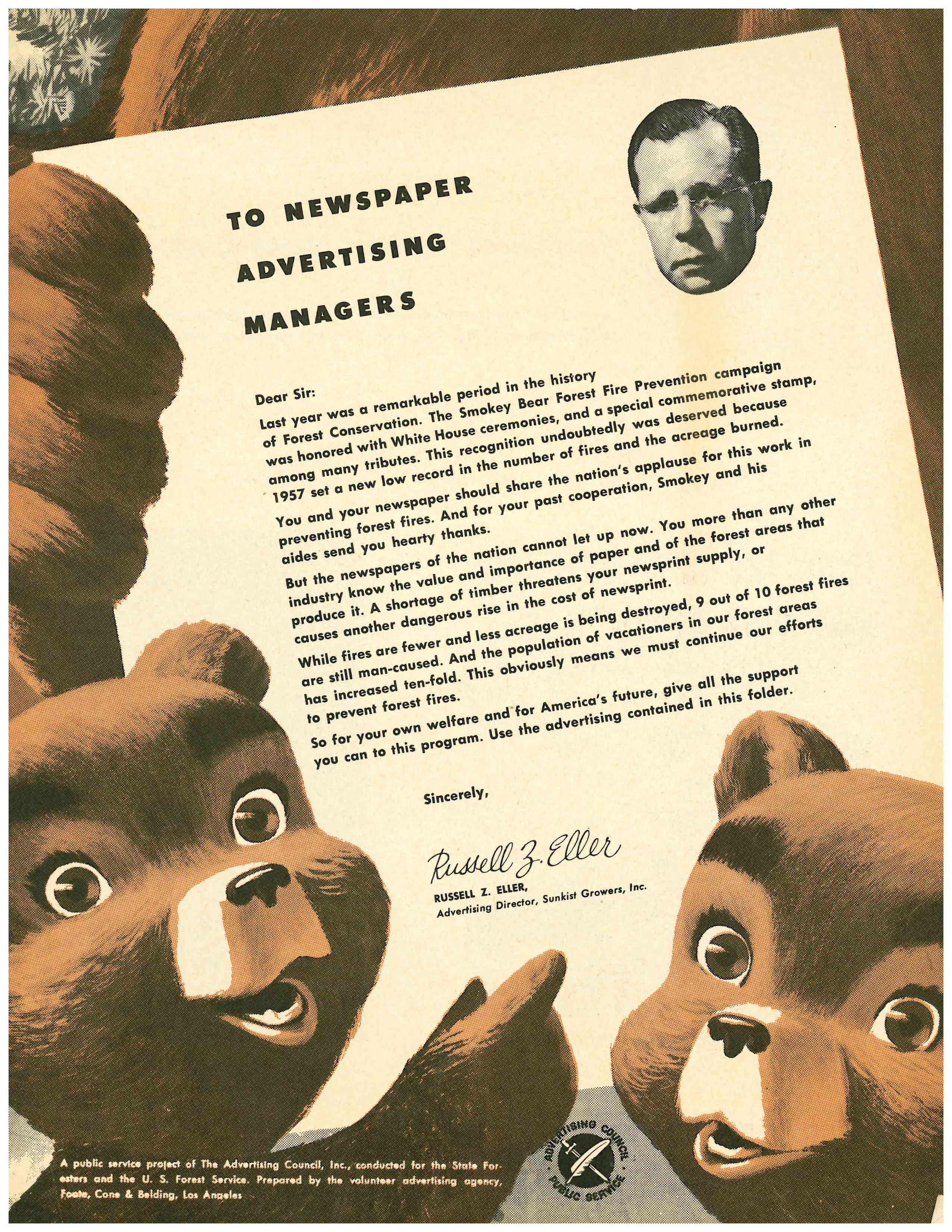By Lindsay Seventko, American Forests
Sometimes, it’s hard to appreciate where you are without recognizing where you’ve come from. Through these historic photos from the American Forests archives, we can see just how dramatically climate change has altered landscapes, how new knowledge has evolved wildfire policies and how carbon dating technology has changed our understanding of age-old trees. From when ancient giants were being felled like an assembly line to the evolution of the Smokey Bear wildfire awareness movement, American Forests has been advocating for the protection and restoration of forests through it all. Here are a few memories from the archives that illustrate just how dramatically our landscapes are changing and how far forest conservation has come.
Athabasca Glacier

“Tongue of Athabaska Glacier. Sunwapta Canyon in middle distance, headwater of Sunwapta river-route of highway along right of photograph and through canyon, looking north. Jasper National Park, Alberta, Canada. We can actually get out and walk on the ice of the glacier – grim, beautiful, awe inspiring in its slow, cruel strength. July 1941”
These photos of Athabasca Glacier vividly illustrate the effects of climate change on glaciers in North America. Athabasca Glacier has lost two kilometers of its length since 1840, and 200 meters have receded since 1992 alone, threatening to disappear completely within a generation. These photos from the American Forests archives illustrate how deeply the glacier filled the valley between the mountains and extended much further down towards the road. The grim trek across the expansive glacier described by American Forests’ explorers is even more dangerous now. As the glacier quickly melts, it creates even more treacherous chasms and crevasses.
The dramatic shrinking and receding of Athabasca Glacier is by no means unique. In fact, the IPCC believes that melting glaciers will account for a quarter of all sea level rise over the rest of the century.

The Grizzly Giant

“Believed to be the oldest living thing – the Grizzly Giant in Mariposa Grove. Nearly 100 feet in circumference and 30 feet in diameter. It has a lean greater than that of the Tower of Pisa. Photo by Ansel Adams. 1941”
Back when the American Forests Champion Tree National Register was just getting started, this Grizzly Giant was not only crowned the Sequoia champion, but also believed to be the oldest living thing on earth, growing since around 200 C.E. This belief has since been overruled by new carbon-14 dating found that a Swedish spruce tree known as “Old Tjikko” has been growing for the past 9,500 years. Despite being overthrown for the title of oldest living tree, The Grizzly Giant has not yet been overthrown as the Champion Sequoia or as the overall largest tree in the register.

Smokey the Bear

The editor of American Forests in 1957 received this and several other advertisements from the Smokey the Bear campaign, accompanied by a letter requesting that the editor run Smokey the Bear ads because “a shortage of timber threatens your newsprint supply, or causes another dangerous rise in the cost of newsprint.”
Smokey the Bear has remained an Americana icon throughout most of the past century, but he has also changed over the decades to reflect new knowledge and policies on fire management. Now, the campaign features educational fact sheets and handouts about how wildfires can be beneficial within forests and ways to manage the blaze besides direct suppression.
